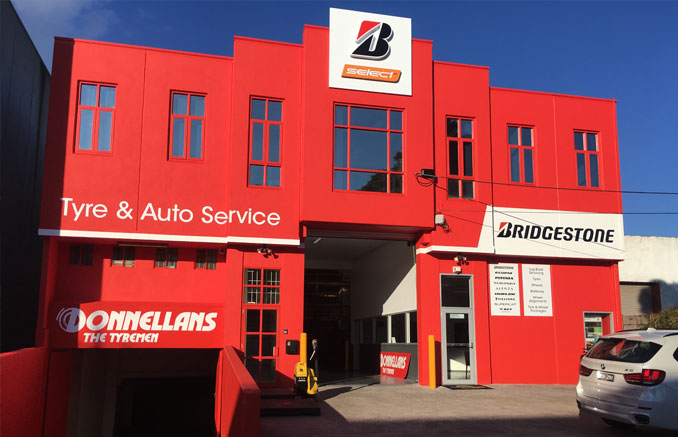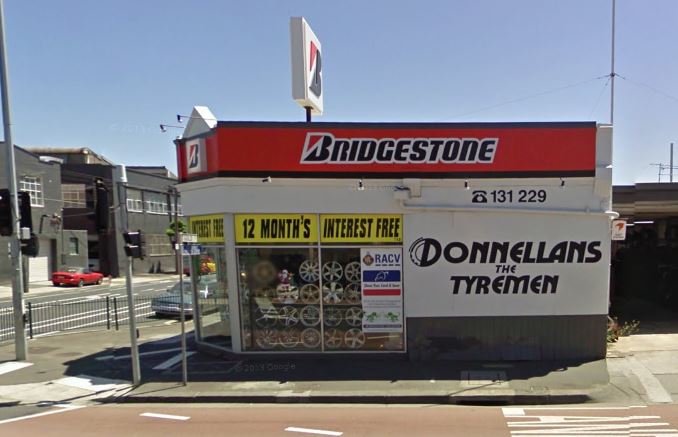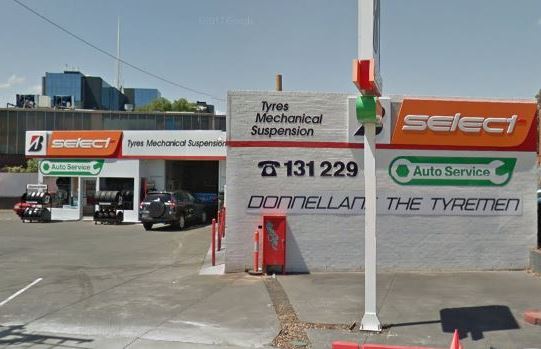Back to Latest News
Tyre Pressure Monitoring Systems
Tyre pressure monitoring systems, or TPMS for short, describes sensors that measure the air pressure in the tyres on your vehicle and can either report back granular information about specific pressures, or just flash a warning light up on your dashboard if the pressure is outside of the recommended range.
Why do we need a TPMS?
No tyres are perfectly airtight, and even perfectly fitted and mounted tyres will gradually lose pressure over time, to the tune of about 1-3 psi a month. Your fuel economy relies on having the ideal tyre pressures at all times, while overinflated or underinflated tyres are appropriate in certain conditions, the general advice is to stick to the pressures listed on your tyre placard which will be found in the driver’s door jamb on your vehicle.
Maintaining the correct tyre pressure isn’t only a matter of costing your money, it’s a critical safety issue. The leading cause of tyre failures is low tyre pressure. When driving tyres at lower pressures, excessive sidewall flex will cause the tyres to heat up, weakening the tyre and potentially causing permanent damage.
Systems to measure and report tyre pressures became more common as tyre technology brought about run-flat tyres.
Run flat tyres (RFTs) are able to support a vehicle's weight, even when air pressure inside them is low. A side effect of this increased strength is that it’s not easy to tell when the tyre has low pressure purely from a visual inspection of the tyre. An RFT is unlikely to show much, if any, sidewall bulging that’s usually a tell-tale sign that a tyre needs more air.
Most drivers aren’t in the habit of checking tyre pressures when recommended (every fortnight, or before a long trip) so manufacturers fit TPMS as standard as a safety feature.
Types of TPMS
Typically, if your vehicle comes equipped with a TPMS from the factory, you will have sensors attached to your wheels internally. This makes them theft and damage resistant.
Some manufacturers have TPMS sensors attached to the barrel of the wheel with a metal band. This style can be easily damaged whilst fitting or removing tyres, but is generally reliable.
The most common type of factory TPMS is a sensor and tyre valve combo unit. The sensor part of the TPMS unit is attached to the inner end of the valve stem. This has the benefit of being invisible from the outside of the tyre, as well as being relatively easy to replace, should they get damaged.
Aftermarket, or retrofitted TPMS systems are for when your vehicle doesn’t have a system from the factory. The entry level DIY systems have pressure sensors that replace the dust cap on your tyre valve. These are easily fitted at home, and usually display tyre pressures on a small screen mounted in your 12v outlet.
Some higher end aftermarket systems use sensors that are the same design manufacturers use. These will need to be fitted at your local Donnellans the next time you bring your vehicle in.
Repairing TPMS
Because TPMS sensors are close to the ground and mounted on, or in, the wheels they can sometimes be damaged or broken. This isn’t the end of the world.
Replacement TPMS sensors are readily available and can be programmed to work with your original system with little to no fuss.
Aftermarket or retrofitted TPMS systems will have hit-or-miss support for replacement sensors, so if you’re looking to fit TPMS to your vehicle, be sure to look at options that can have replacement sensors programmed in.
Other useful TPMS information
Some TPMS are also able to account for added sensors, such as when you tow a trailer or caravan. This is important because most drivers won’t notice a deflated or blown tyre on a trailer, especially ones with tandem axles.
Some TPMS kits will also allow for temperature readings. Temperature readings can be important on vehicles in performance applications, as it can be an early warning sign of a brake or wheel bearing issue. Keep in mind that the temperature reading will be of the sensor, the surface temperature of the tyre isn’t directly measured.
Your local tyre experts
Come visit the team at Donnellans. We’re your local tyre, wheel and mechanical experts covering the Greater South-East Melbourne region. With workshops in Blackburn, Collingwood, Preston and Balwyn, we have a convenient location for you
Contact us today!







